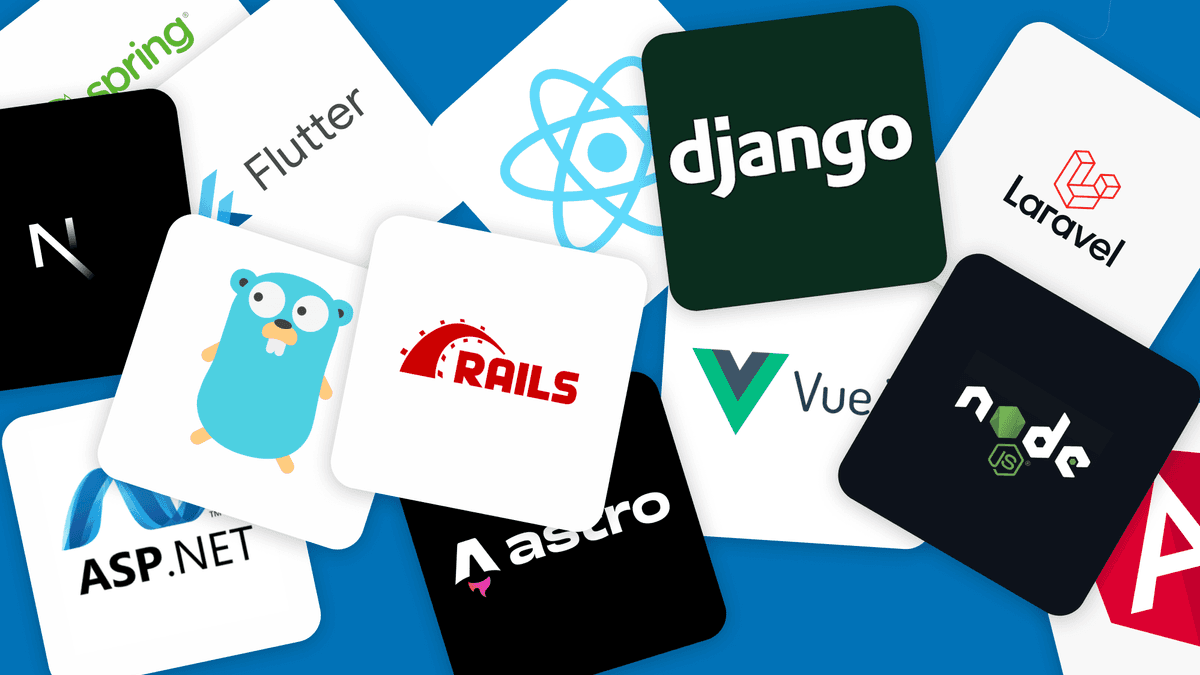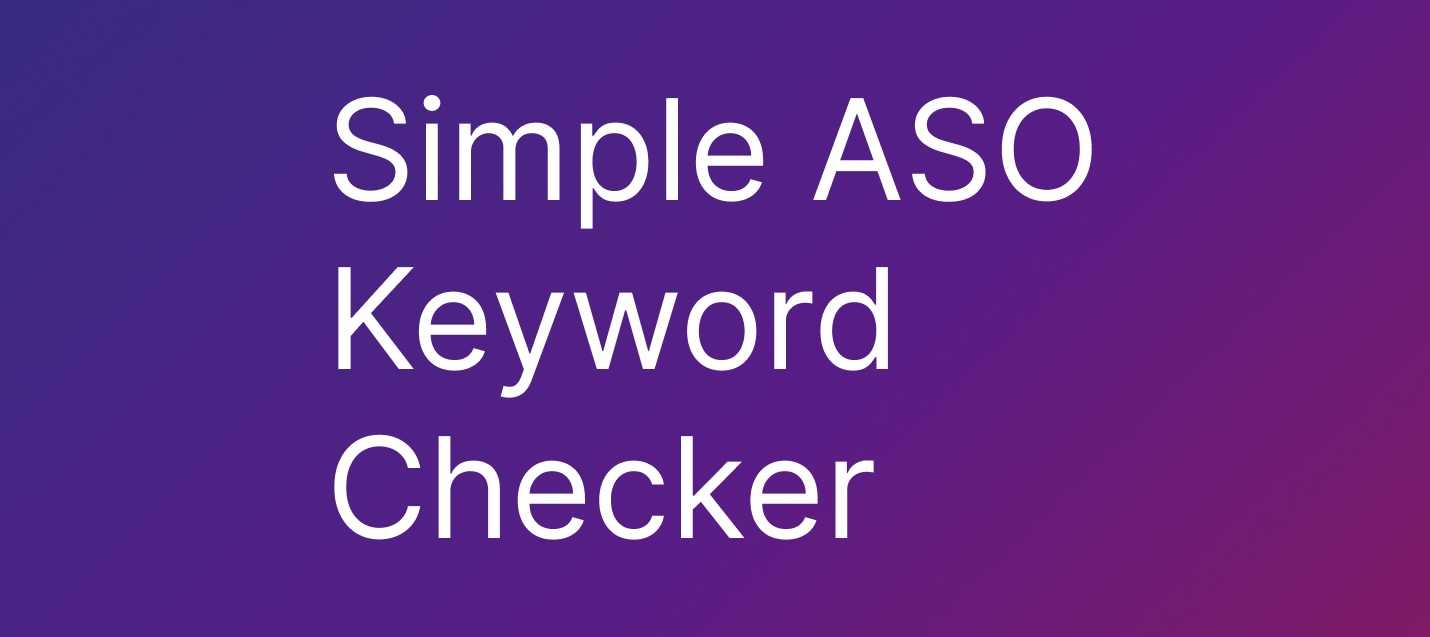Launching a brand new product to market is filled with tough choices - branding, positioning, pricing, features etc etc. All important and in the world of software products, perhaps the most important decision is the choice of tech stack for your product.
Now, up front, the choice of tech stack isn't a concern for your end users. It's highly unlikely they'll refuse to use your product because it's built with PHP or your mobile app because it's using Objective C. As long as it doesn't impact their experience, they probably won't know, and I'm almost 100% sure they won't care.
That aside, choosing the right tech stack is an important decision for your business and for good reason – your tech stack forms the foundation of your product and can significantly impact your ability to ship new features, expand the team and hire talent, pivot, extend, and scale your business.
Avoid the shiny new thing
Let's address the elephant in the room: developers love 'new'. We're drawn to the latest frameworks, languages, and tools. Like moths to a flame, we'll be on Hacker News trying out the latest and greatest. Don't get me wrong, innovation and constant improvement are fantastic and fundamental to the role of a developer, but when it comes to building your product, it's essential to resist the urge to build your startup on bleeding-edge technology simply because it's exciting.
Developers like to dunk on 'outdated' technologies (PHP in particular gets a hard time), but the fact is the technologies that are 'outdated' are the ones that have been battle-tested and proven to work. There's a reason why Facebook was built on PHP, GitHub and Shopify both built on Ruby on Rails, and the likes of Java and C# are still used by large enterprises.
You probably won't see them on the front page of Hacker News, but the fact is that the technologies that are 'outdated' are the ones that have been battle-tested and proven to work, work at scale, and have a large community, ecosystem, and talent pool.
Don't underestimate the community
When evaluating technologies, community size and activity should be top priorities. Let's look at some practical examples:
- Node.js Ecosystem: The npm registry hosts over 1.5 million packages, and major services like Stripe, OpenAI, and AWS prioritise Node.js for their official client libraries
- Ruby on Rails: Despite being "older" technology, Rails powers platforms like Shopify, GitHub, and Airbnb. Its mature ecosystem (Ruby on Rails 8 came out in November 2024) means that common problems likely have documented solutions. We have Rails projects that have been upgraded through multiple major versions of Rails and have been a breeze to upgrade.
- React & React Native: With backing from Meta and a massive developer community, these frameworks offer extensive resources, third-party libraries, and a large talent pool. So many services such as Bitrise, Sentry, and many more are built with first class support for React and React Native.
I know this from experience the importance of the ecosystem. Back in 2018, Add Jam developed a product for managing newsletters, and our choice of Elixir and Phoenix, while massively performant when running, the speed of development was much slower than using something like Ruby on Rails. While technically a great language and framework, the community was (and in 2025 really still is) small and comparatively immature. The small community and lack of official support meant constantly rolling our own solutions for common problems and having to build our own libraries to fill gaps in the ecosystem.
Your greatest advantage: Speed!
For startups, velocity is everything. Your ability to ship features quickly and iterate based on user feedback is often more valuable than technical perfection. So to reiterate again, look to a tech stack that is popular. Popularity brings tools, services, third party libraries and a volume of support that unlocks speed for your business.
If you're having to constantly roll your own solutions for common problems and having to build your own libraries, you're not shipping to market as fast as you could be. Your tech stack is having a profound impact on your ability to execute.
Don't over engineer
One of the most common mistakes we see is over-engineering for scale from day one. While it's tempting to architect your system to handle millions of users, remember:
- Instagram had only 13 employees when Facebook acquired it for $1 billion
- Notion built their initial product on SQLite
- Most startups launch to fewer than 100 users
Focus on building an extensible MVP that can evolve with your needs, rather than preparing for hypothetical scale that may never materialise. The M in MVP stands for Minimum, not Massive. Focus on shipping quickly and really factor your development speed into your tech stack decision.
To be clear, we're not saying paint yourself in a corner. We're not saying not to plan for scale, but don't over-engineer. A good MVC framework will be able to handle a few thousand users on a modest infrastructure setup. Scaling problems are good problems to have... but you're most likely not going to have them day one.
Your tech stack checklist
Before finalising your technology choices, consider these critical factors:
Community size and activity
- Are there active GitHub repositories?
- Is there a healthy ecosystem of libraries and tools?
- Do major platforms and services (such as Stripe, Sentry, AWS, etc) provide official support?
- Are there learning resources like the excellent Go Rails for Ruby on Rails to help team members learn the tech?
- What is the local community like? Are there meetups, user groups, conferences or other events focusing on this tech stack?
Talent Availability
- Can you hire developers in your local market for this tech stack?
- What are the salary expectations for this stack? As mentioned above some stacks are popular in enterprise where salaries can be higher.
- Is there a good mix of junior and senior talent available?
Security and Maintenance
- How frequently are security updates released?
- Are there established best practices for secure development?
- What's the track record for handling vulnerabilities?
Tooling and Services
- Are there good hosting options available?
- What's the quality of development tools (IDEs, debugging tools)?
- Are there managed services that can reduce operational overhead?
Making the final decision
Remember that "perfect is the enemy of done". Your tech stack should enable you to:
- Ship features quickly and reliably (maintaining security and quality - testing is important!)
- Hire and onboard new developers efficiently
- Scale reasonably as your user base grows
- Maintain and debug your application effectively
Rather than getting caught up in technical debates, focus on these practical considerations and choose technologies that will help you achieve your business goals.
Don't be drawn to shiny. And don't be afraid of asking for advice, feedback, and help.
Need help making the right choice?
At Add Jam, we specialise in helping startups make informed technology decisions and build scalable products. Whether you're starting from scratch or looking to evolve your existing stack, our team of experienced developers can guide you through the process.
Get in touch to discuss your startup's technical needs and learn how we can help you build a solid foundation for growth. If you want to read more of our recent thinking on startups we have a roundup of tech trends to look out for in 2025.






